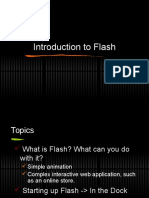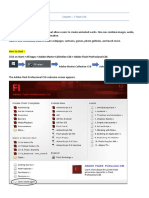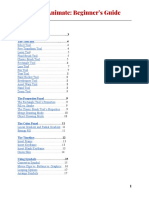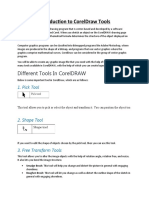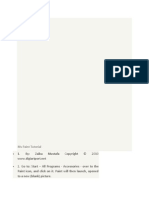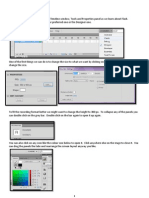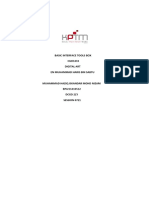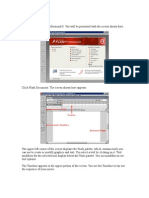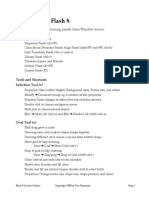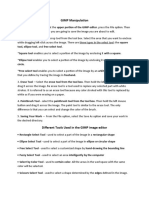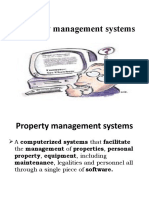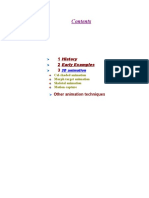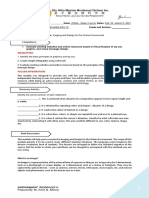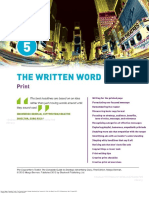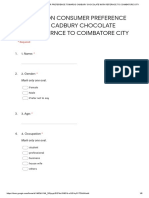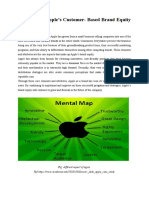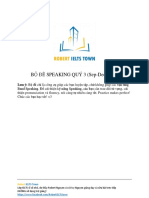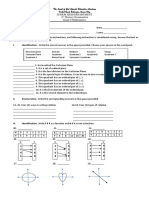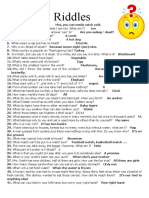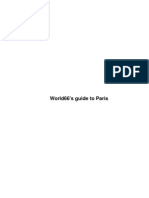0% found this document useful (0 votes)
43 views4 pagesAnimation Basics for Beginners
The document discusses key concepts for working with timelines in animation software including layers, frames, keyframes, and the playhead. It explains that layers allow stacking of objects, frames make up the timeline and determine duration, keyframes define changes, and the playhead indicates the current frame. It also covers the frame rate which determines speed and smoothness of animation. Finally, it provides an overview of different tools in the toolbox and examples of how to use each tool.
Uploaded by
Jen PequitCopyright
© © All Rights Reserved
We take content rights seriously. If you suspect this is your content, claim it here.
Available Formats
Download as DOCX, PDF, TXT or read online on Scribd
0% found this document useful (0 votes)
43 views4 pagesAnimation Basics for Beginners
The document discusses key concepts for working with timelines in animation software including layers, frames, keyframes, and the playhead. It explains that layers allow stacking of objects, frames make up the timeline and determine duration, keyframes define changes, and the playhead indicates the current frame. It also covers the frame rate which determines speed and smoothness of animation. Finally, it provides an overview of different tools in the toolbox and examples of how to use each tool.
Uploaded by
Jen PequitCopyright
© © All Rights Reserved
We take content rights seriously. If you suspect this is your content, claim it here.
Available Formats
Download as DOCX, PDF, TXT or read online on Scribd
/ 4
